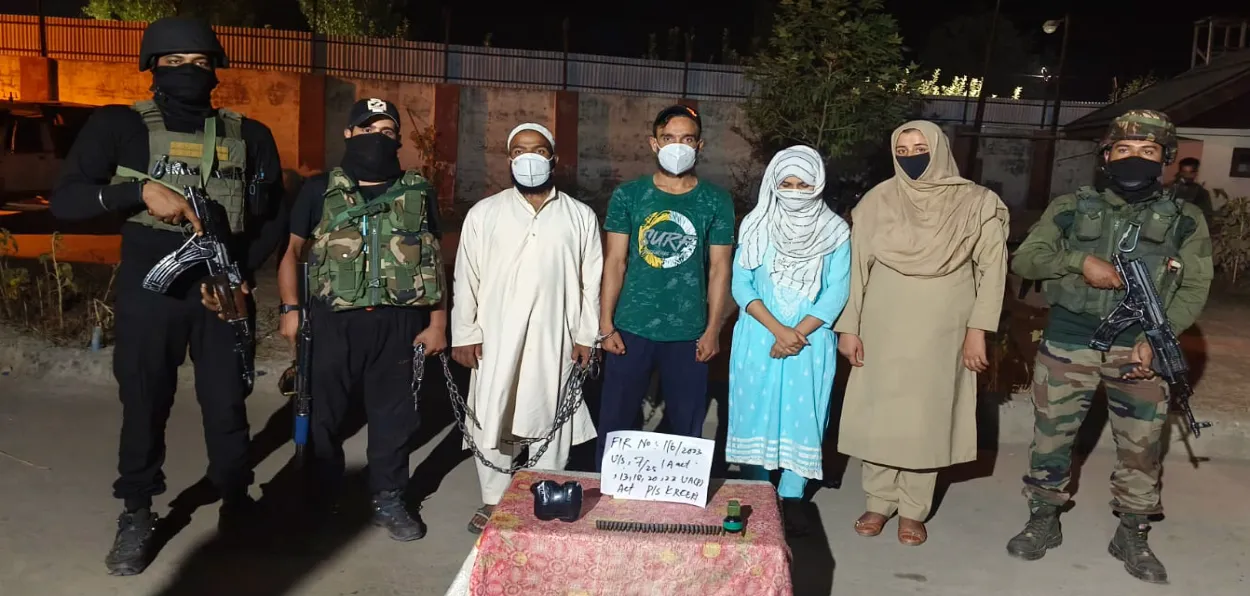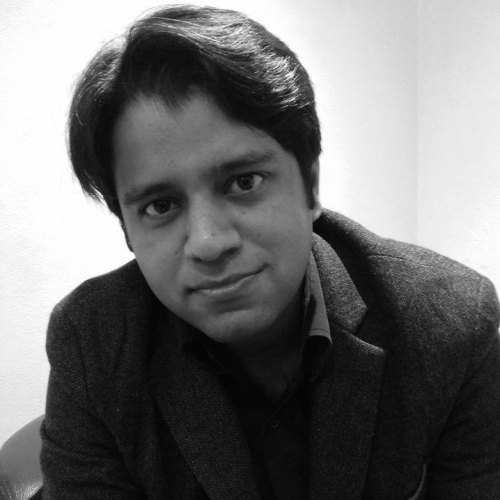
 Saquib Salim
Saquib Salim
After the November 10 bomb blast at the Red Fort in Delhi, I wrote that highly educated people are more prone to falling for a violent extremist ideology compared to less educated ones. The reason is that the terrorist organisations prefer recruiting engineers and doctors as they can walk into mainstream spaces without arousing suspicion. Also, because of their educational training, they look for simplistic solutions to issues and end up in violence.
How to prevent the drifting of educated youth into terrorism? A classical approach led by left-liberal scholars is to control religious (madrasa) education and promote Western secular education. It is an old belief that education counters terrorism, especially religious extremism. The governments have often framed policies around this understanding.
The data shows otherwise.
In India, the Deoband-led madrasa chain is often found to echo secular nationalist discourse rather than any divisive extremist ideology. No major terrorist attack has ever been attributed to the alumni of this institution. On the contrary, Yakub Memon, hanged for his role in the Bombay Bomb Blasts, was a Chartered Accountant. None of the terrorists, convicted by the highest court in India, was a madrasa passout. Likewise, most of the Khalistani, Kashmiri and Pakistani terrorists were college passouts.
In the recent Delhi suicide bombing, a medical doctor was found to be the bomber, and the wider conspiracy being unearthed across the states has many doctors as part of the terror module. In light of this, the government should review its counterterrorism strategy. Experience and data both indicate that the spread of Western education cannot stop terrorism and extremism.
In the last 100 years, educational institutions have been the centres of recruitment for different extremist ideologies ranging from far left to far right. The ‘recruiters’ understand that young ‘impressionable’ minds can be moulded to take up arms to correct the larger wrong being done to their ‘people’.
Dr. Ahmet S. Yayla, a former chief of Counterterrorism in Turkey, says, “Many locally operating terrorist groups establish committees or appoint a member to organise the recruitment activities in high schools and universities. Recruiters try to find ways to spend time with students through a variety of activities, such as games, sports, and joint studying, so that they can eventually create a strong enough bond to be able to start recruiting.”
Al-Qaeda and later ISIS are well known for recruiting young men and women from European Universities. Yayla says, “During my tenure as police chief, I constantly observed different terrorist organisations using schools and universities as hubs for their recruitment activities. For example, the university recruiters liked to reach out to incoming students who were not native to an area and assist them by providing lodging, meals, or other forms of support, to win their hearts and establish connections before the newcomers realised with whom they were interacting.”
No wonder that Al-Qaeda’s training manual asked recruiters to focus on the educational institutions, which are “a place of isolation for a period of four, five, or six years … [which] is full of youths (full of zeal, vigour, and anti-government sentiments).” The manual talks about high school passouts as, “I mean you have to cultivate the idea of jihad inside of them. If you ask me, "What can this young student do?" I will reply to you, "They can do the same thing as Muadh and Mu’awadh did." This is because today they are young. Still, tomorrow they will be adults, so if you don’t give them da’wa " making an invitation," someone else will (but it will be for materialistic goals). However, don’t be in a hurry, because haste in this matter might destroy the da’wa. The merits of this sector: 1. Often they have pure minds. 2. It is very safe to deal with them because they are not likely to be spies, especially after they pass the stage of individual da’wa.”
The experience from ISIS and Al-Qaeda also shows that terrorists penetrate the white collar spaces for recruitment. The investigations into the Red Fort bomb blasts are actually pointing towards this method, where a doctor influenced other doctors working at a particular medical college.
Another likely hunt for a terror recruiter is social media. Sara Zieger and Joseph Gyte point out, “on 15 March 2019, 51 people were killed during terrorist attacks on two mosques in Christchurch, New Zealand. The day before the attacks, the perpetrator, a right-wing violent extremist, posted his manifesto on Twitter, and although his account was suspended after the attack, the 74-page anti-immigrant manifesto went viral before suspension. He used a head-mounted camera to live-streamed the attack on Facebook.
Again, while the attacker’s Facebook account was later removed, he streamed the attack for 17 minutes, providing more exposure to his manifesto and narrative. In fact, this was further exacerbated by the copying and sharing of the video. In the first 24 hours after the attack, Facebook removed 1.5 million copies of the video and continued to find 800 visually distinct videos related to the original in the following days. This clearly demonstrates how these platforms have provided extended scope for terrorist propaganda to reach a far wider audience than previously possible.”
Zeiger and Gyte also noted, “Siti Khadijah alias Ummu Sabrina, an Indonesian woman who managed Facebook pages for Kabar Dunia Islam (KDI), a media wing of ISIS based in Indonesia. She became well-known after posting her experience of travelling to Syria with her husband and their four children, which she published on Facebook in June 2014.
Following this, she regularly posted about her life in Syria, promoting the terrorist group’s positive narrative of a monthly stipend, free schooling and healthcare, and how well her family had been treated. In response, her Facebook page was inundated with questions from Indonesians wanting to know how they too could travel to Syria. One Indonesian, for example, who went by the Facebook name Shabran Yaa Nafsi, was inspired by Siti Khadijah’s story and travelled with his family in 2015 to Syria, where he was later killed.”
In India, Burhan Wani became a ‘sensation’ in Kashmir with his gun-wielding photos made viral on Facebook and other social media platforms. He presented a kind of propaganda that terrorists wanted to woo the youth. A young man who ‘had to’ take up the gun and ‘young girls’ love his pictures. Several social media handles are found to be disseminating ‘soft-extremism’ where young people are made to believe that their ‘community’ was under attack from ‘an enemy’.
In the age of the internet and Artificial Intelligence, it is improbable to censor such content completely. There are tools to access the websites blocked by the agencies. The counterterrorist agencies have to counter the extremist propaganda directly and online. They can bombard social media with positive narratives that can pull the youth out of the 'victimhood’ syndrome and provide them with an alternative solution, other than violence, to their ‘problems’.
Zieger and Gyte argue, “... developing a comprehensive counter-narrative strategy which delegitimises and deconstructs the terrorists’ narrative and produces positive and alternative narratives, may assist with addressing the structural and personal grievances which leave individuals and groups vulnerable to radicalisation.”
ALSO READ: Khadija al-Kubra's business leadership inspires Muslim woman entrepreneurs
In educational institutions, we can have programs on the importance of non-violent democratic interventions to solve societal problems. Young people need to understand that the world is not as ‘unjust’ as their ‘recruiter’ might be telling them, and, even if it is, the solution does not lie with guns.
